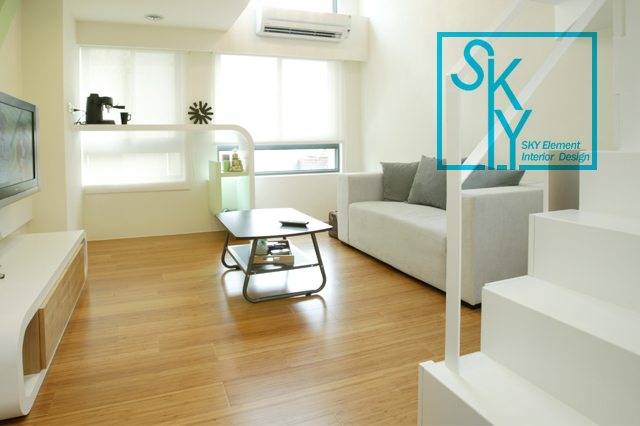Villa decoration involves both giving up and taking - please get rid of harmful furniture.
Luxury villa decoration: knowing when to let go - please discard harmful furniture
If it is discovered that the volatile organic compounds in a house mainly come from furniture, such as tables, then it is recommended that the best course of action would be to replace them. If the cost seems too high, one could also consider purchasing plywood furniture that complies with green building materials standards. However, if you really can't bear to throw away your furniture and don't want to spend much more money, you can use aluminum-containing tape available at hardware stores to seal up the furniture tightly. Aluminum-based metal tape does not allow air permeation and can reduce the emission of harmful gases to less than 10%. Then repaint it with low formaldehyde, low total volatile organic compound coatings. Of course, this approach may compromise aesthetics.
Some people may ask, if we don't want to get rid of the furniture and are too lazy to apply tape ourselves, can we remove toxic gases through ventilation? In reality, if it's formaldehyde, it might take up to 12 years for it to completely volatilize; for other gases, it takes at least 3 years for the strange odors to diminish and reduce some of the risks. However, leaving furniture for 3 years isn't very practical. If you want peace of mind, it's suggested to add a bit more to your budget and hire professionals to handle these pieces of furniture, which is a better way to balance both aesthetics and safety.
Generally speaking: those who live in villas wouldn't care about a few pieces of furniture. If they're made of valuable wood, it's suggested to sell them and replace with new ones, or hire a specialized interior designer to help conduct an indoor inspection and propose an effective plan to remove harmful gases, helping you eliminate harmful gases within your villa in a certain period of time.
